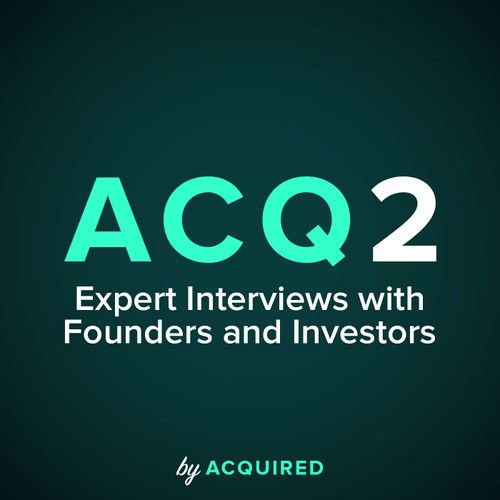
 ACQ2 by Acquired
ACQ2 by Acquired VC Fundamentals Part 4: Portfolio Construction & Management (with Jaclyn Hester & Lindel Eakman of Foundry Group)
Nov 30, 2020
Jaclyn Hester, a Partner at Foundry Group, and Lindel Eakman, also from Foundry, dive into the intricacies of venture capital portfolio construction and management. They discuss the importance of diversification versus concentrated investments, emphasizing the significance of risk mitigation and strategic decision-making. Key metrics like IRR and cash-on-cash multiples are explored, shedding light on what constitutes ‘good’ fund performance. The conversation also highlights the dynamics between VCs and founders, stressing the need for strong partnerships and open communication.
AI Snips
Chapters
Transcript
Episode notes
Net Returns in Venture Capital
- Venture capital returns are judged by their net returns (3x), not gross.
- This accounts for fees, carry, and fund expenses and is compared to other asset classes like private equity and public markets.
IRR and Venture Fund Performance
- Limited partners (LPs) are compensated based on Internal Rate of Return (IRR), which considers time.
- A 3x net return is a reasonable proxy for a good IRR in venture capital, but macro factors like vintage year heavily influence it.
Aiming Above Median in VC
- Don't invest in venture capital if you only expect median returns.
- LPs must target above-median performance to justify the illiquidity and risk.
